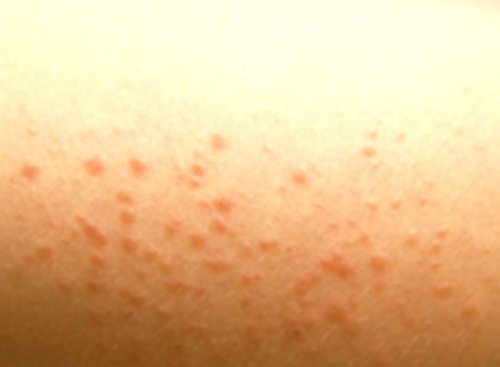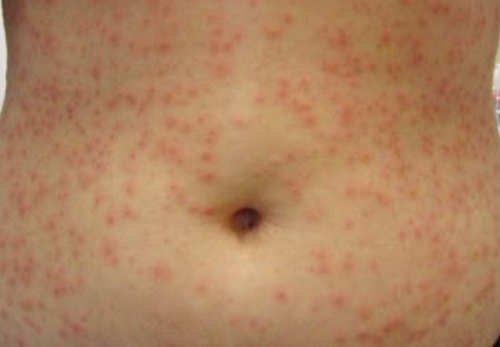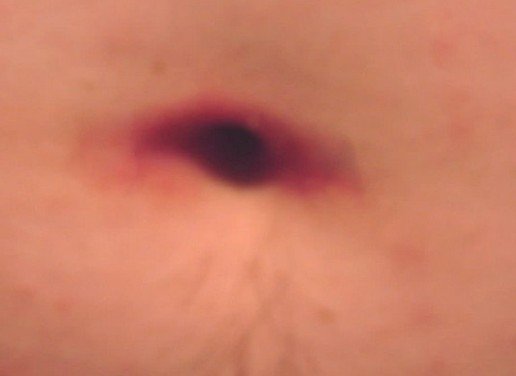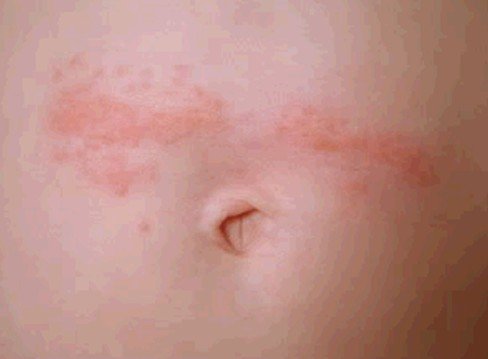Anterolisthesis
What is Anterolisthesis ?
It is another term for spondylolisthesis. It is a spine condition in which the upper vertebral body slips forward onto the vertebra below. There is a grading system used to determine the severity of the slippage. (2)
Grading
- Grade 1 – It is a mild case wherein there is a less than 25% slippage.
- Grade 2 – The slippage is between 26% and 50%.
- Grade 3 – The slippage is between 50% and 75%.
- Grade 4 – It is a severe case of slippage (76% and above)
- Grade 5 – It is characterized by a complete fall off from the next vertebra. (1, 2, and 3)
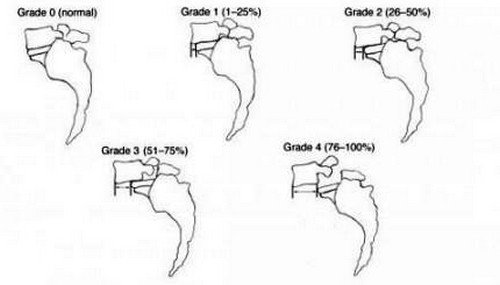
Image 1: Images showing anterolisthesis in various grade level.
Picture Source: healthsaline.com

Image 2: A closer look at a vertebra that has slipped forward.
Photo Source: www.mdguidelines.com
Causes of Anterolisthesis
- Aging – As the person grows old, there are geriatric changes in the body. The cartilage in between the vertebra gets weak and becomes thin. This is why geriatric patients are prone to anterolisthesis. (4)
- Genes – A defect in the growth of the spine can be associated with genetic factors. As young children grow, their spine failed to develop completely leading to anterolisthesis.
- Trauma – back injury and trauma in general can affect the growth and alignment of the vertebra. Overworking of the body increases the possibility of having anterolisthesis. Weightlifters and bodybuilders are susceptible to anterolisthesis.
- Tumor – A tumor in the spine causes the vertebra to move from its normal position. (5)
Clinical Manifestations
- Intense pain, especially in the back area (lower back pain). The pain can be localized or widespread.
- Difficulty walking secondary to pain felt in one or both legs.
- Poor/loss of bowel and bladder control
- Limited range of motion (5)
- Inflammation
- Tingling sensation
- Muscle spasms (6)
Who are at risk?
Anterolisthesis is more common in male than female primarily because the former are engaged in strenuous physical activities.
The prevalence is higher in old age than the younger population. Lifestyle and occupation can also increase the possibility of anterolisthesis. Heavy lifting, jumping, hyperextension of the body, and other forms of strenuous activities can increase the possibility of anterolisthesis. (6, 7)
How to diagnose anterolisthesis?
The doctor will conduct a thorough physical examination to determine the root cause of the problem. The spine is closely examined, especially if the symptoms all lead to anterolisthesis. Additional tests should be performed to confirm the diagnosis such as x-ray, CT scan, and magnetic resonance imaging (MRI scan). (7, 8)
Treatment
The treatment for anterolisthesis depends on the grade of slippage. The first two grades are simpler to treat because they have mild symptoms. However, grade 3 to 5 are quite difficult to treat because of the severity of the condition. Most of the time, they would require aggressive treatment approach such as surgery. (6, 9)
Anterolisthesis treatment includes the following:
Rest
For mild cases of anterolisthesis, the patient is strictly put on a bed rest. Anterolisthesis exercises are performed to maintain the integrity and mobility of the spine. However, strenuous activities are highly discouraged to prevent further damage to the vertebra. (2)
Pain Management
The patient can experience mild to severe pain. Rest and exercise are not enough to alleviate the pain. The patient should be put on pain medication such as non-steroidal anti-inflammatory drugs. For severe pain, the patient is put on steroids and opioids. (1)
Anterolisthesis Physical Therapy
It is important to make sure that the vertebra will regain its strength. For that to be possible, the patient is strongly encouraged to go on a physical therapy. The physical therapist knows what types of exercises work best for the patient. Physical therapy aims to improve the strength of the muscles of the back and alleviate the symptoms caused by anterolisthesis. A physical rehabilitation therapy will eventually ease the pain, decrease if not totally alleviate inflammation, promote vitality, and improve the overall well-being. (3, 5)
Surgery
If the anterolisthesis is in its severe stage, the best remedy is for the patient to undergo surgical procedure. It should be the last resort and should only be done when deemed necessary. Depending on the severity of the condition, the surgeon can opt to support the spine or adjust the vertebrae using different tools such as metal plates, rods, wires, and screws. I
t depends on the general condition of the spine and vertebra. The objective of surgical procedure is to get rid of the bone or tissues so as to release the pressure in the vertebrae, to fuse the bones in position, or both. (6)
Chiropractic Treatment
Chiropractic approach is a traditional treatment method but works best for anterolisthesis. The bones of the spine are manipulated to achieve correct alignment. However, not all patients qualify for this type of treatment. Hence, a physical examination along with past medical and surgical history should be made. Who are not a good candidate for chiropractic treatment? They are the patients who have compression fractures, cancer, infection, cauda equine syndrome, and abdominal aortic aneurysm (enlargement of the aorta). (10)
Anterolisthesis is a condition that shouldn’t be taken lightly. Anything that involves the spine can surely affect your mobility and range of motion. Problems on the spine can directly and indirect affect other parts of the body, especially the legs and arms. There are a variety of treatment approach for anterolisthesis. However, the treatment should be based on the severity of the disease and the overall condition of the patient.
Mild cases are easier to treat. Hence, it is a must to diagnose the condition at an early stage. If you notice any pain and discomfort in the spine, you need to consult your health care provider right away. This is to detect the underlying condition the soonest time possible.
Advanced stage of anterolisthesis requires not just medical but also surgical intervention. The success of the procedure varies depending on the general condition of the patient. This is why it is of utmost importance to detect the disease at an early stage. (7, 8)
References:
- www.cedars-sinai.edu
- www.spine-health.com
- www.doctorshealthpress.com
- healthfixit.com
- www.hxbenefit.com
- byebyedoctor.com
- www.medicinenet.com
- healthsaline.com
- https://en.wikipedia.org
- Handbook of Clinical Chiropractic Care By Lawrence H. Wyatt
